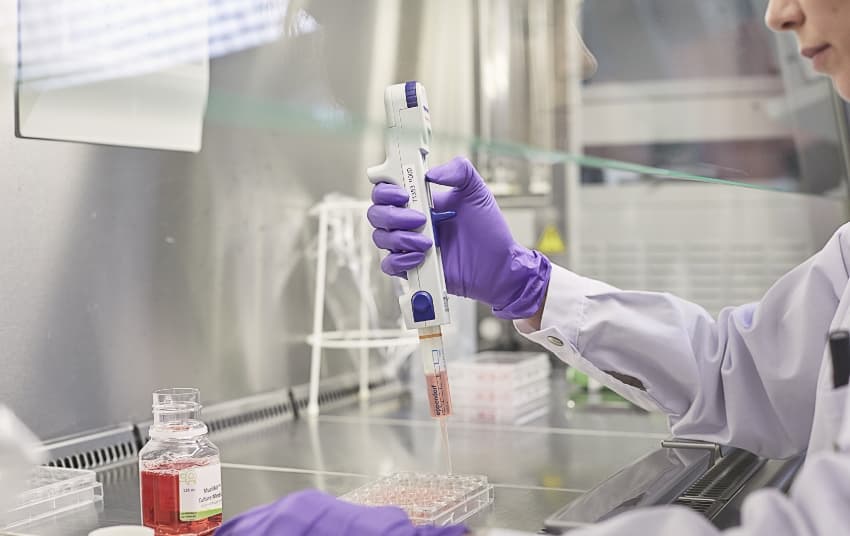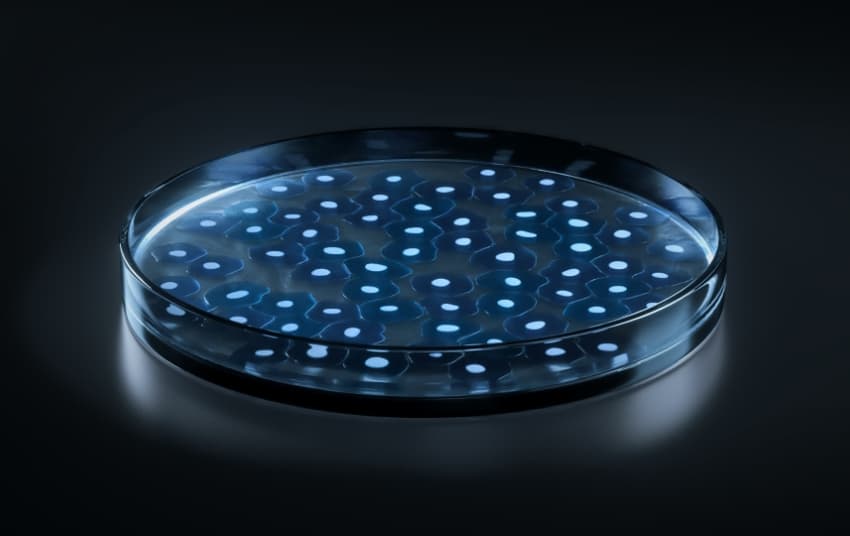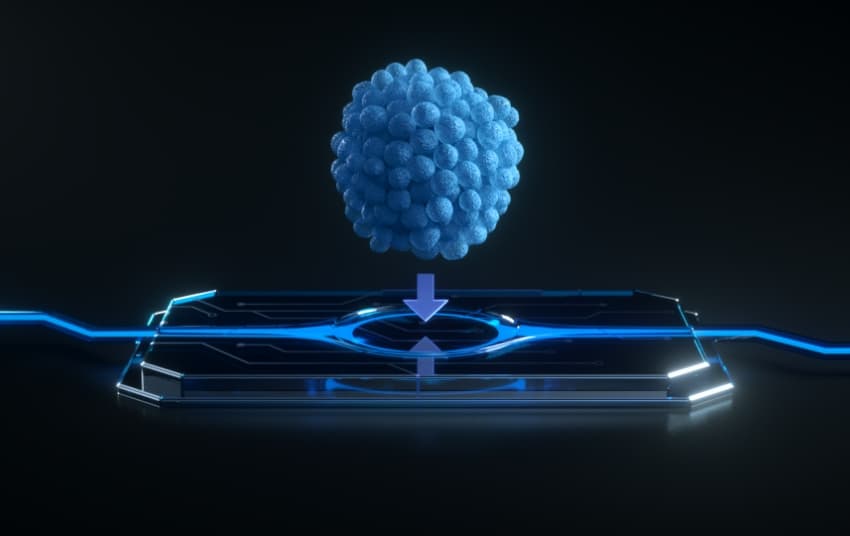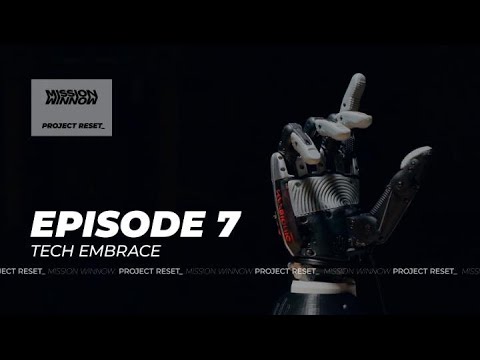To break new ground in science is to first imagine and then create what was once considered impossible. From systems modelling to cutting-edge lab design and writing code for new software to collect and analyze data, scientists look at what their peers and predecessors have achieved then try to go beyond that to find solutions to drive improvement.
Our scientists at PMI are experts at this process of winnowing and are driven by the desire to elevate their work to the next level and set new benchmarks in their fields. They like to challenge to find better solutions, not least because their work can tackle problems that affect thousands or even millions of people.
A great example of this is the work being done in developing and testing less harmful alternatives to smoking. It requires expertise in chemistry, biology, toxicology and data science, and is crucial in for predicting the effect on humans before human trials.




